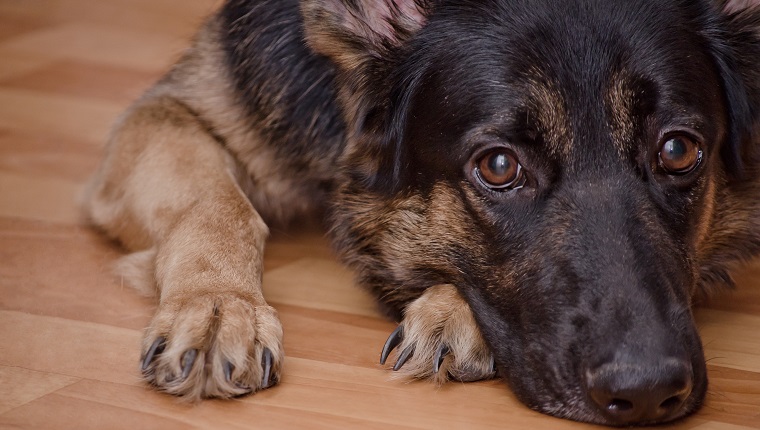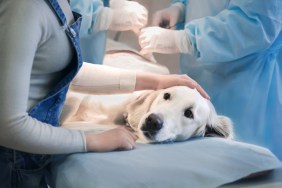Elbow dysplasia in dogs is a condition that involves abnormal developments occurring in the elbow joint. It can be caused by a number of issues that affect the elbow joint, including putting too much weight on certain areas of the joint, abnormal growth patterns, and arthritis.
This inherited condition usually affects large and giant-sized dogs, such as the German Shepherd,…









